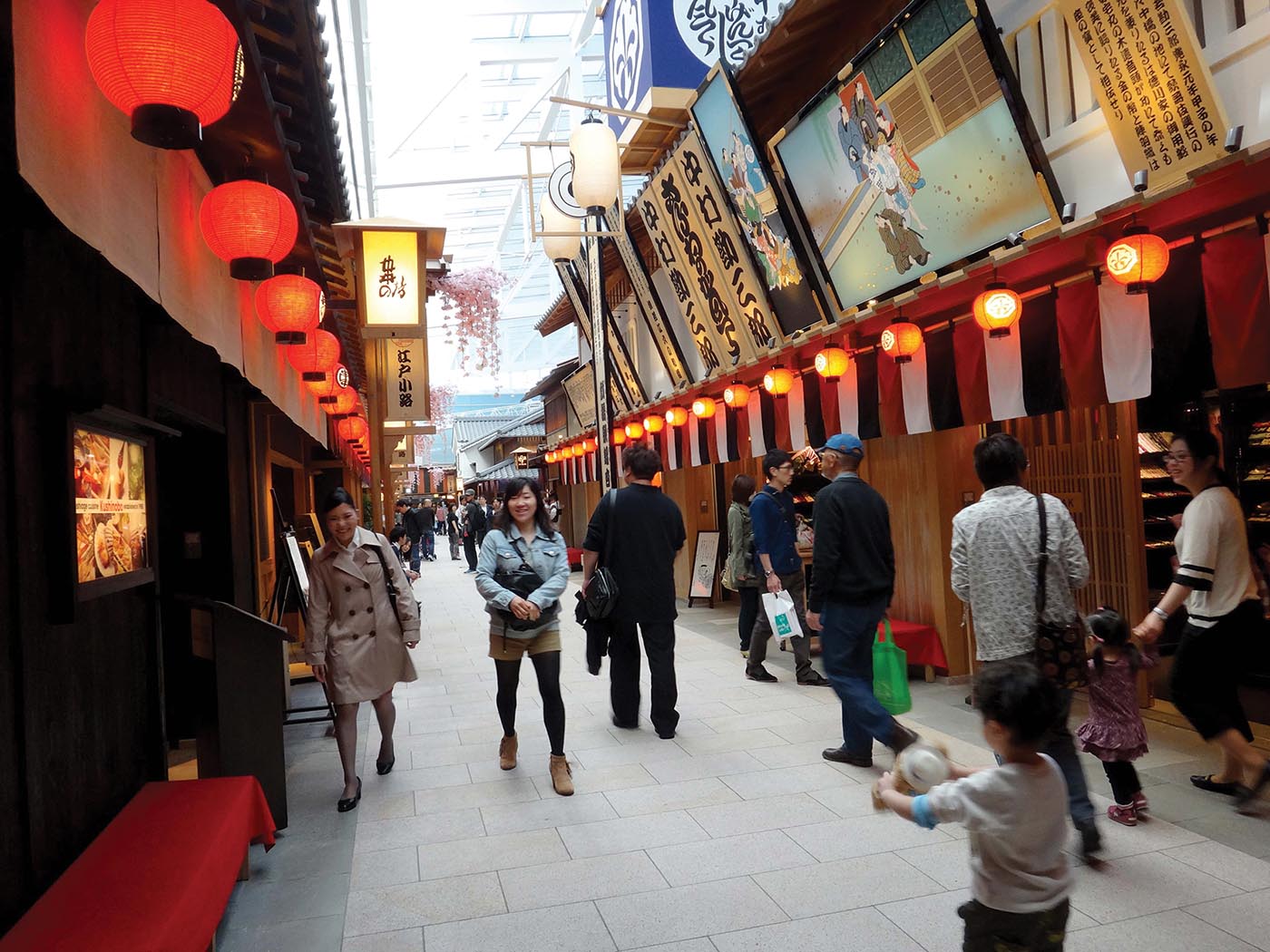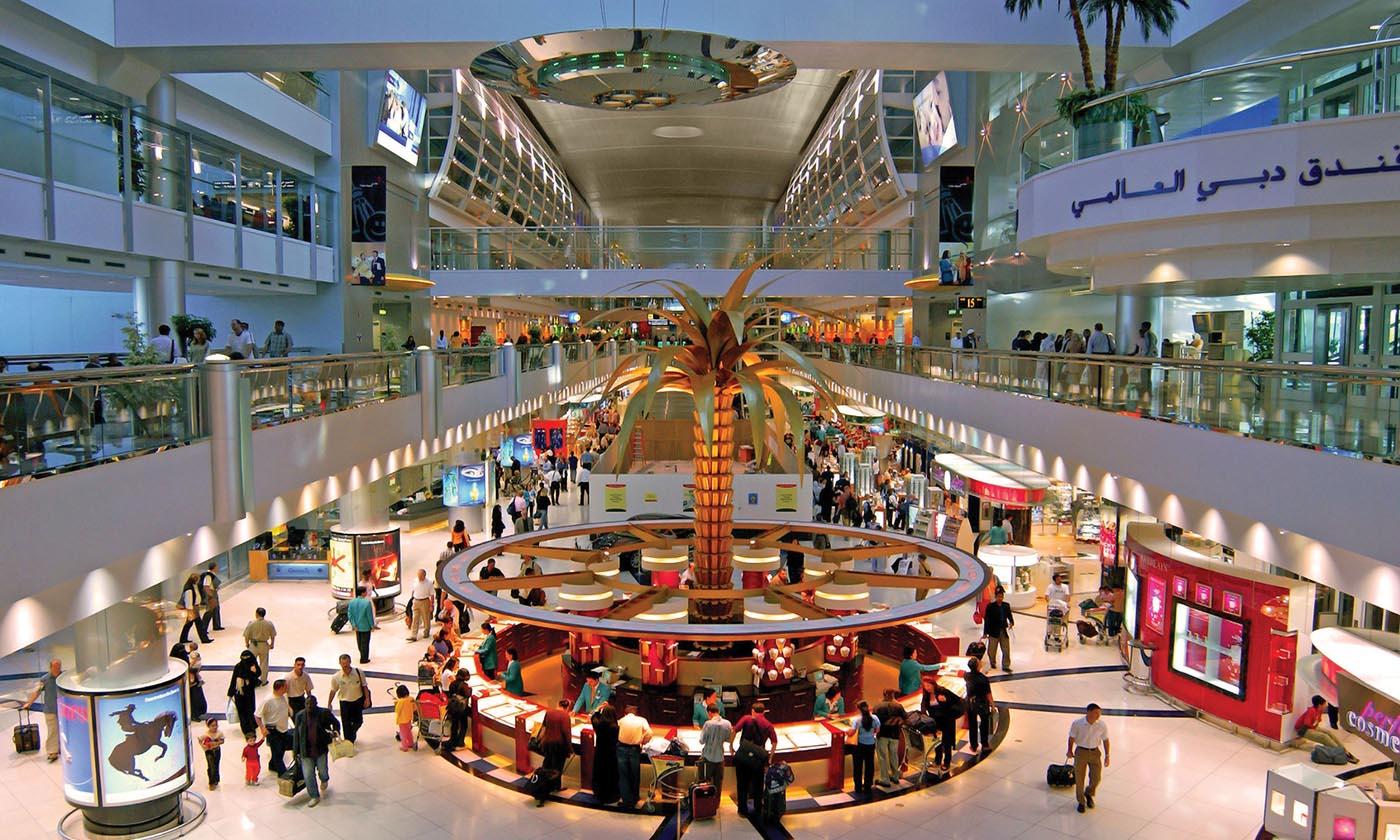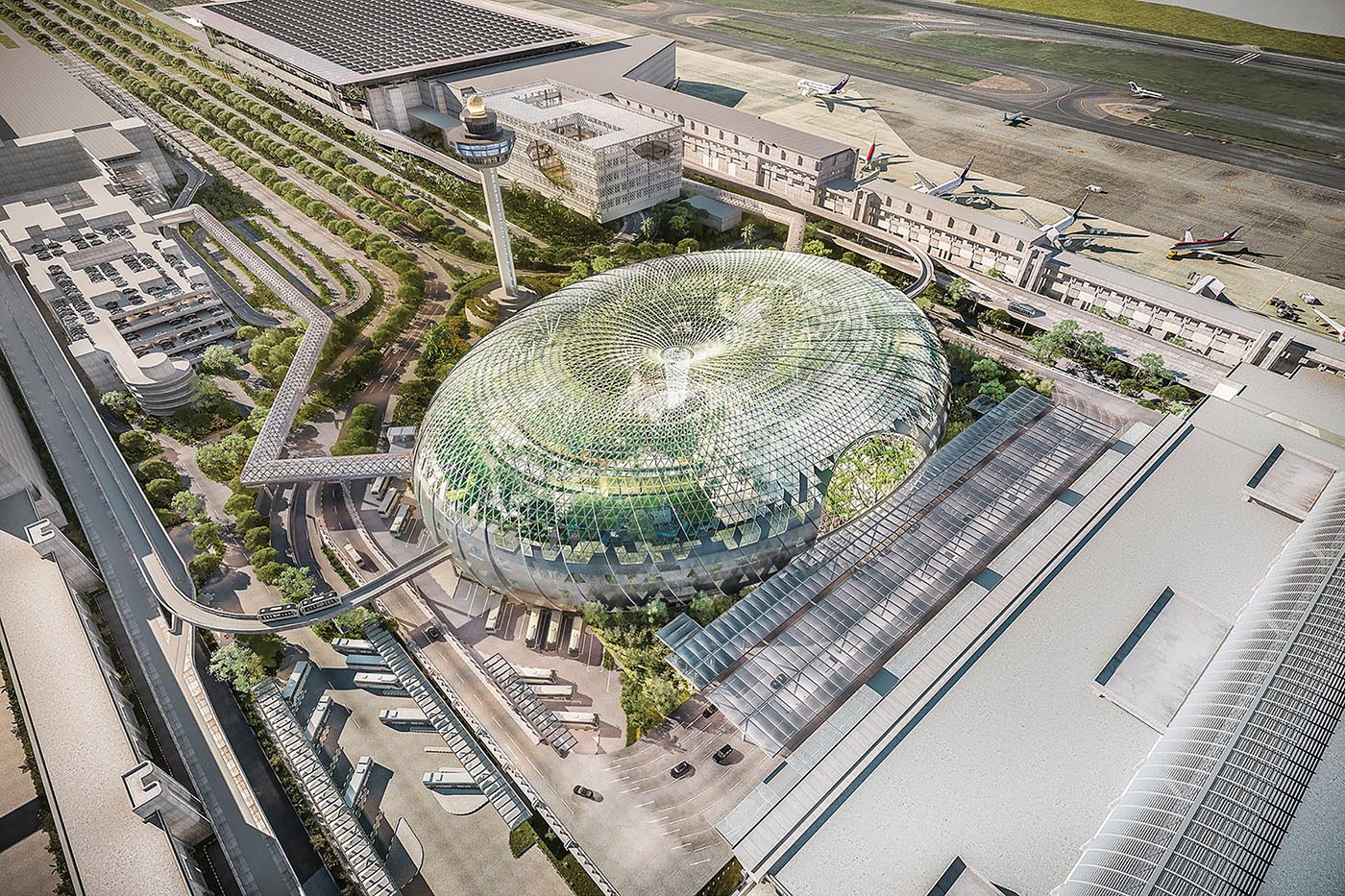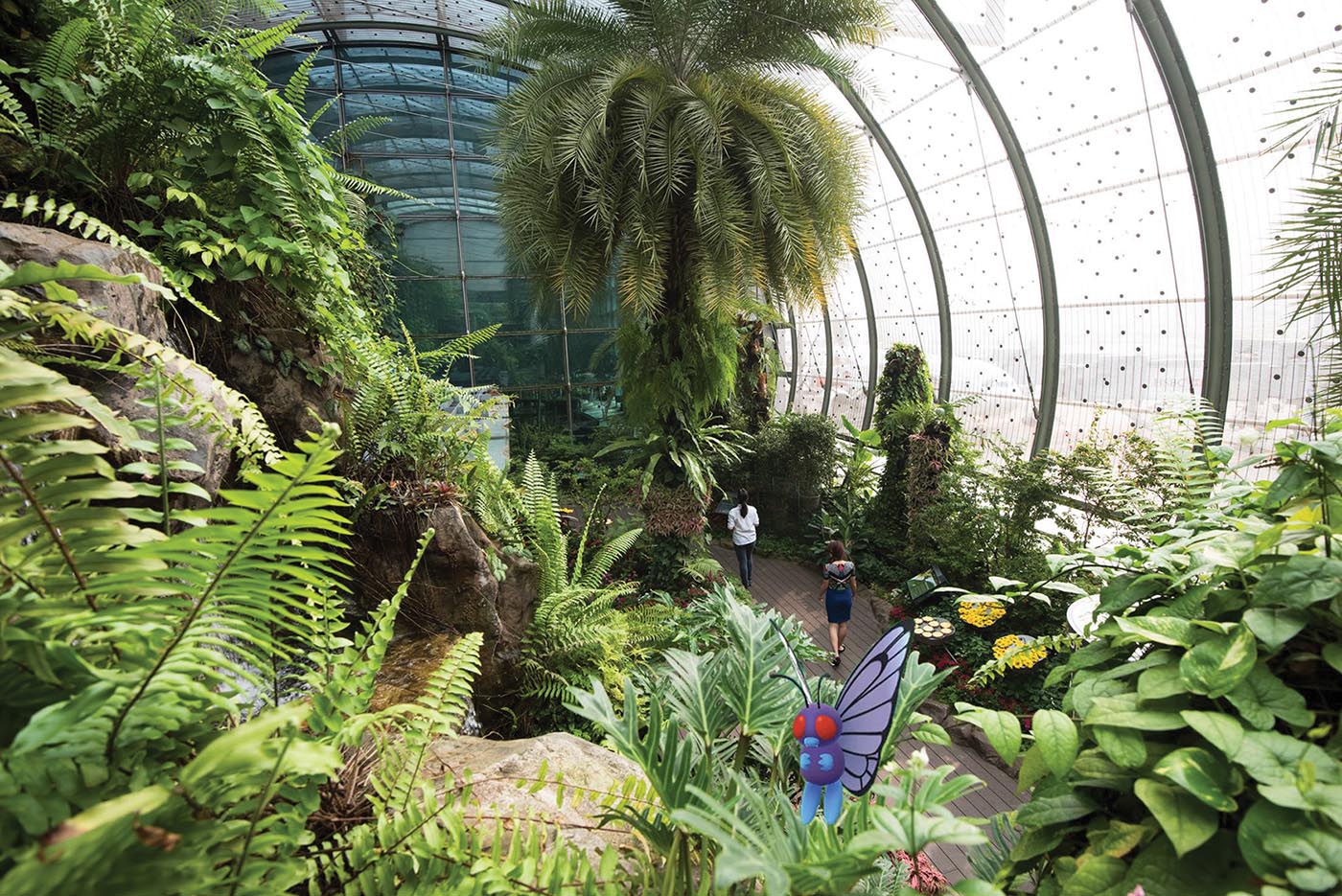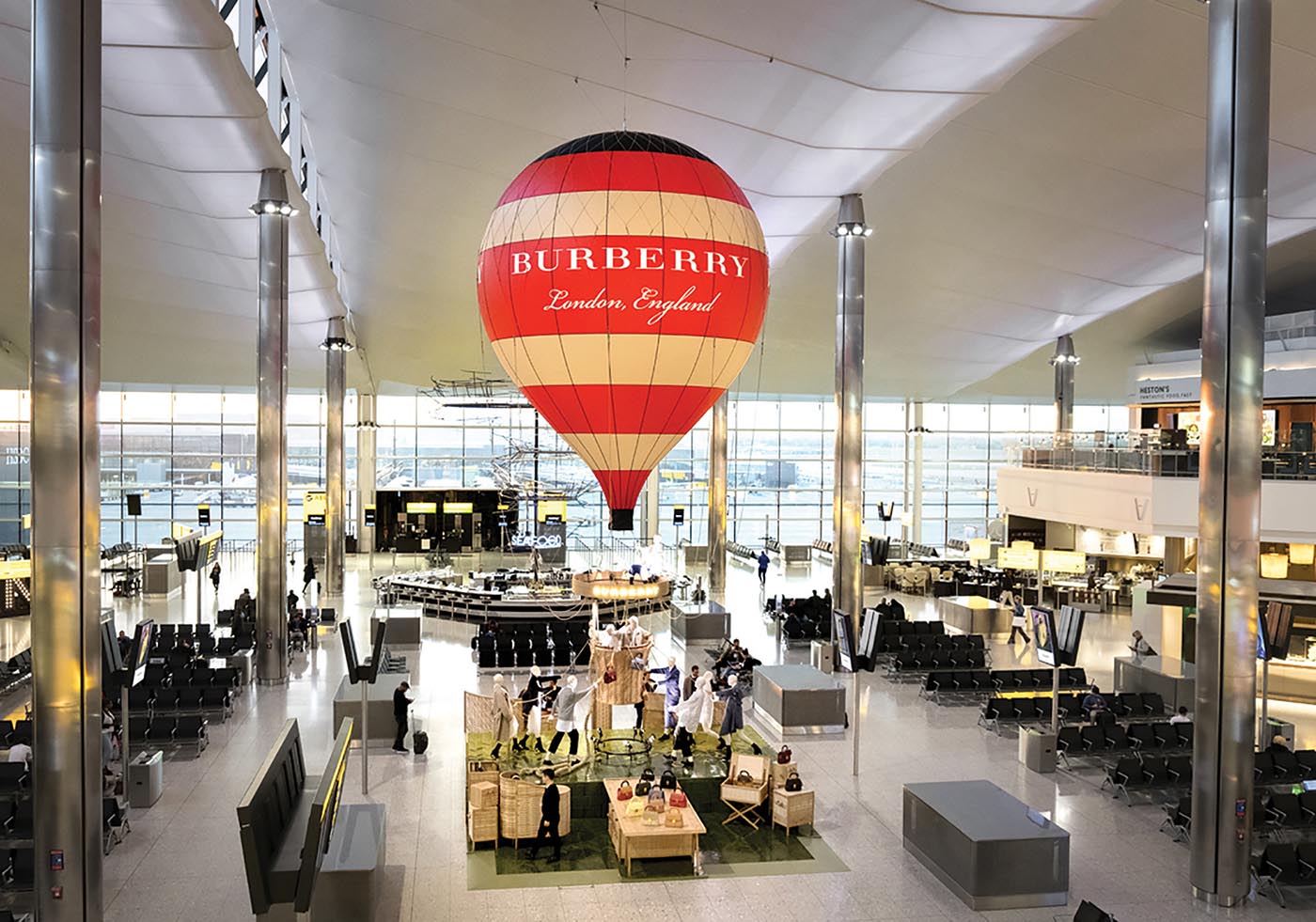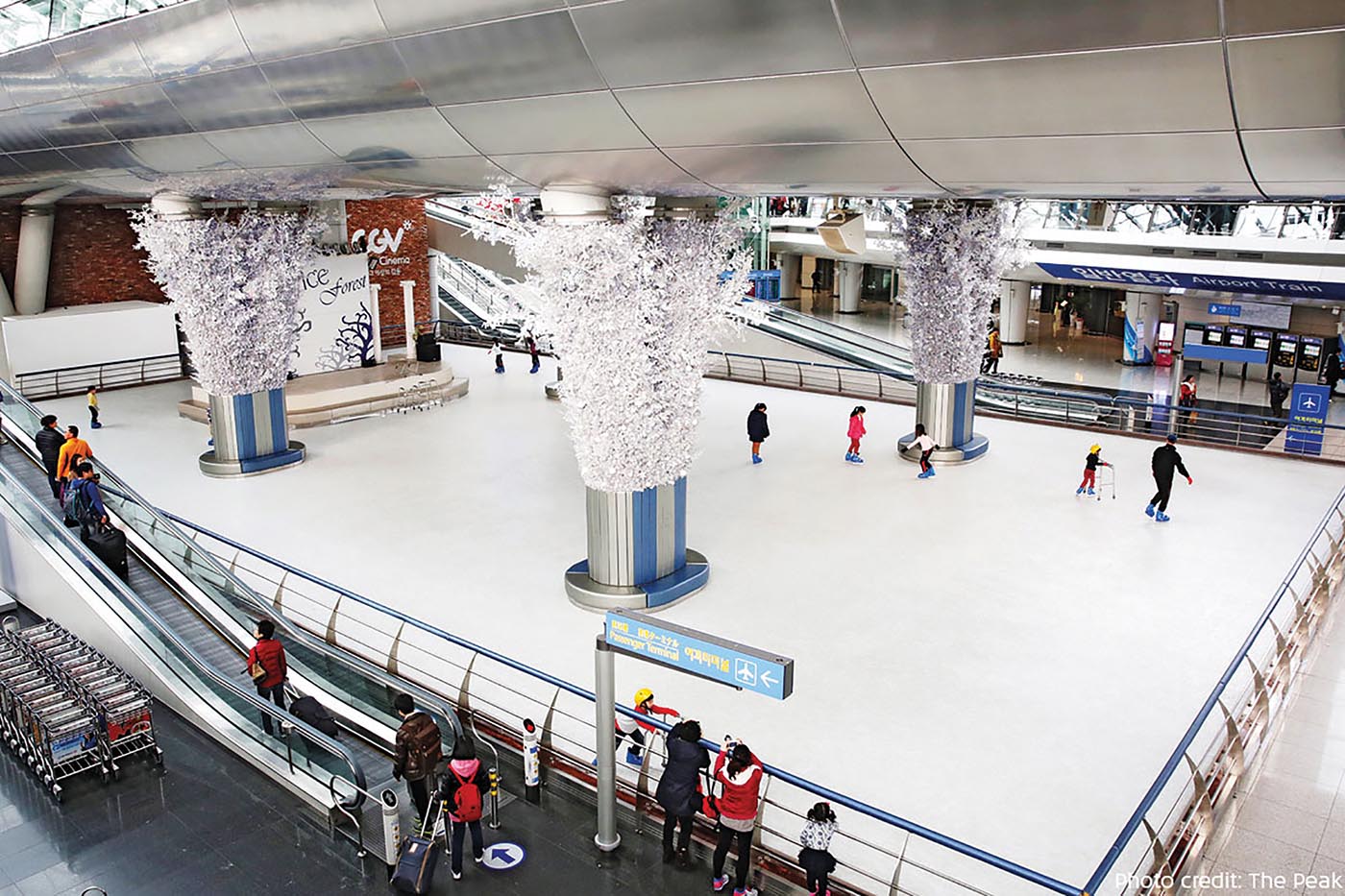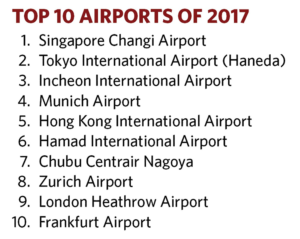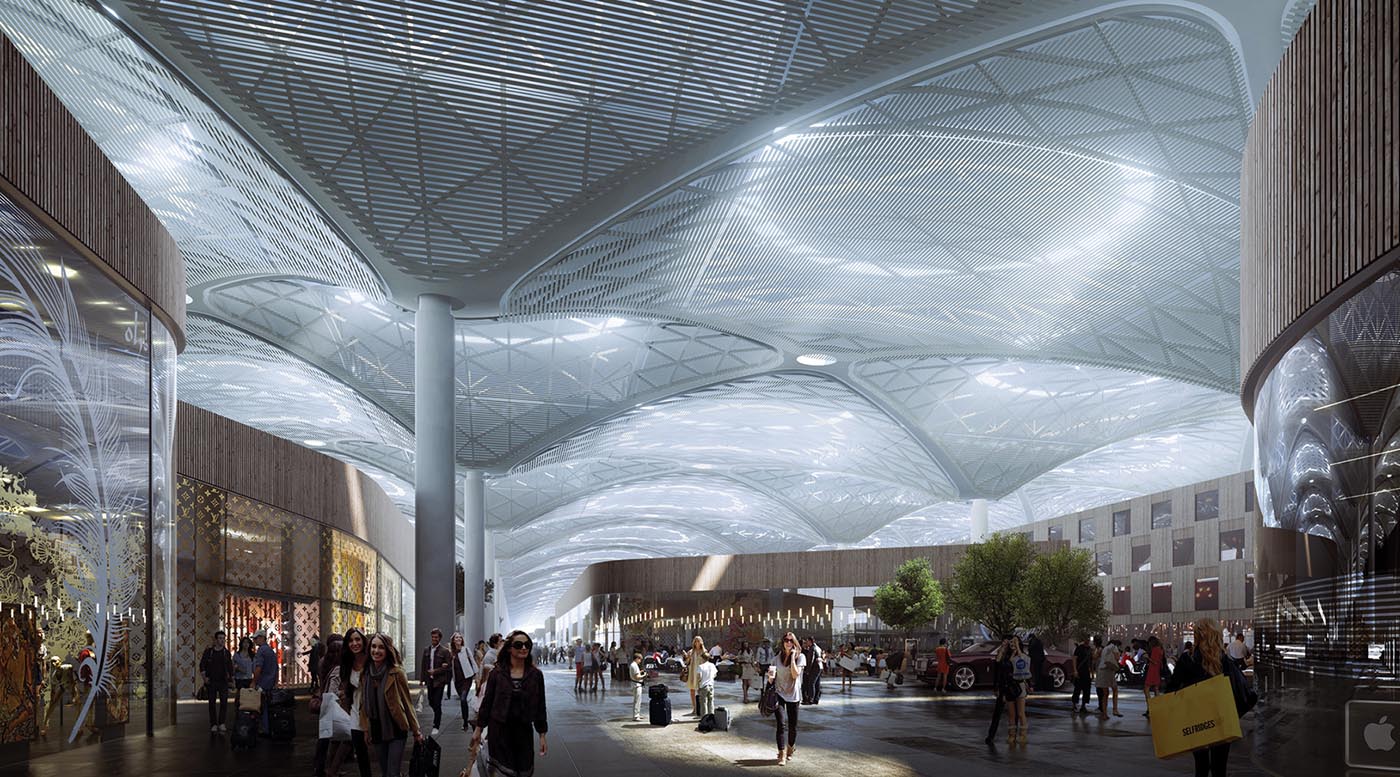Think the competition to your centre is the internet and e-commerce? What about another centre, but this time in an airport? Airport retail is huge and, more to the point, it’s growing at a whopping 12% per annum according to Susanne Pini. They’re doing something right!
Once upon a time, shopping at the airport meant grabbing a souvenir T-shirt for the kids and a mug for a friend back home, then you run back to the gate never admitting the source of your tourist trinkets. Not anymore. With duty-free and airport retail worldwide today worth a staggering $62 billion a year, according to Generation Research, the travel retail industry has joined forces to entice you to stop and shop. Sophisticated travellers now make choices based on which terminals have better services and they are arriving earlier to get through security with enough time to shop, have a good meal and maybe even a massage before getting on the plane.
The sixth continent with 1 billion customers
With retail, hotels, dining and millions of people that pass through them every year, the hubs, such as Changi in Singapore, Hong Kong, Seoul or Dubai, demonstrate just how big and bold airports have become – they are mini-cities. By early 2019, Jewel Changi Airport will be added to Singapore’s Changi Airport, with this new terminal resembling a steel and glass biosphere filled with plants, trees and shrubs, playgrounds, retail and leisure outlets. The centerpiece will be a 40-metre high Rain Vortex, the world’s tallest indoor waterfall.
Shops in Abu Dhabi’s Midfield terminal, opening soon, will be arrayed around an indoor park, with “Mediterranean plants and features at its centre, and desert landscapes at its edge.”
Istanbul’s new airport, currently under construction, will be surrounded by a 690-hectare ‘airport city’, replete with shopping malls, entertainment, public spaces, and convention centres.
Then there are others, like Amsterdam’s Schiphol, with its library and casino; Tokyo’s Haneda, boasting a planetarium and a replica of a traditional Japanese village or Seoul’s Incheon, which has a sauna, skating rink and the Korean Cultural Museum in the mix!
With flying getting more affordable and more people travelling than ever, especially from such emerging economies as China, Russia and India, travel retail has been growing at about 12% per year since 2009 and a similar growth is expected in the next two to three years, according to Exane BNP Paribas. ‘Travel retail’ is now a big part of many brands’ strategies with airports increasingly seen as the new malls that offer retailers new opportunities to reach audiences that they might otherwise miss. Not for nothing does Luxottica, an Italian eyewear conglomerate, refer to airport sales as “the Formula One of retail”.
Over a billion people travel internationally each year – approximately 15% of the global population – and they spend the equivalent of more than a trillion dollars in the process, including 40% of global luxury spending.
- Haneda Airport, Tokyo
- Dubai Airport, UAE
“Travel retail is like a sixth continent in the world,” confirms Barbara Lavernos, managing director of travel retail for L’Oreal Luxe. “Our customers today are global shoppers and that has changed how we operate our business.”
Data paradise
Shopping, eating and service offers at the airports might resemble those in shopping malls, but airports have an essential advantage: they do not have to compete for customers. Travellers are captive audiences.
As soon as passengers step through the security scanner a ‘golden hour’ begins, explains The Economist.
The ‘golden hour’ refers to the period between when passengers step through the airport security scanner and when they board a plane. Most are relatively prosperous; all are briefly at a loose end.
Travellers also have a spending mindset. “Shopping has converted into a determinant factor affecting destination choice… and, in some cases the prime travel motivation,” explains Taleb Rifai, UNWTO Secretary General. For leisure travellers, it is all about creating memories and experiences, so they may be in the mood to splurge on items they wouldn’t usually buy. For business travellers, it is about convenience or the opportunity to shop, which is something they may not have the time to do regularly.
The captive audience is further ensnared by data-driven shopping experience. As passengers move from check-in to gate, airports capture a wealth of data on them, including who they are, where they are going, in what class, and at what time, giving brands insights into the nationalities, genders and age groups purchasing their products, and their preferences – a trove which, if effectively utilised, could prove a gold mine for retailers.
That makes airports “a data paradise”, notes Muriel Zingraff-Shariff, former Heathrow’s retail director.
Unlike high-street shops, by knowing the flight schedules and shopping habits of travellers, airport retailers know who their customers are and when will they show up and they can plan accordingly – bring in Arabic-speaking sales assistants to coincide with the daily flight to Dubai, prepare smaller size shoes for Japanese or move bags from the left-hand side of the store to the right, because Chinese passengers prefer turning right rather than left. Shop displays can be reconfigured, like in Heathrow, where for morning flights to Barbados, the cognac ‘gondola’ is stocked with bottles of Courvoisier and Hennessy while cheaper brandies take their place for afternoon flights to the US and Norway.
Travel retail sales are also assisting brands in knowing where to open future stores, based on purchase spikes by specific nationalities. For L’Oréal travel retail serves as a “kind of control tower”, explains Lavernos.
- Changi Airport, Singapore
- Changi Airport, Singapore
The gold standard
For the fifth year in a row, Singapore’s Changi Airport has been named ‘World’s Best Airport’ at the annual Skytrax World Airport Awards. With its butterfly garden, 24-hour free movie theatres, swimming pools and hawker-inspired eateries worthy of a Michelin star, Changi remains the gold standard when it comes to airport experience. It’s a beautifully designed space, amid tropical daylight filtering down through a vaulted, skylit ceiling, koi carp floating idyllically in ponds, blooming orchids and, to top it all off, the nine-metre digital tree, an Insta-worthy travel experience turned into a must-be-seen landmark with its 64 360-degree digital screen.
Changi is turning travelling from a procedure into an experience, and it has become a destination unto itself for travellers and locals alike.
Changi is also one of only three airports that experienced more than US$1.5 billion in spending by travellers last year, behind Seoul’s Incheon and Dubai, based on a recent study by Swedish travel retail consultancy, Generation Research. Surprisingly, none of these three airports tops the list by passenger numbers; Singapore and Seoul are not even in the top 10 which only proves it’s all about great shopping facilities and experience.
While best airports overall are mainly still in Asia, London Heathrow excels in shopping experience, being voted the ‘World’s Best Airport Shopping’ for four years in a row in the Skytrax Awards. The departure lounge of Heathrow Airport’s Terminal 5 last year recorded sales of over $450 milion from brands including Alexander McQueen, Burberry and Chanel, the airport’s top performer. Recently, Louis Vuitton opened its first European airport store at Terminal 5 – a shop with a façade so vast, it can be seen from all levels in the terminal. Every idle traveller pondering the shop’s exterior can watch a digital installation by Ange Leccia, a French filmmaker and painter, whose film of the Mediterranean Sea is intended to chime with the nautical touches in the Cruise collection on sale inside. Many of those idle travellers will wander inside. Unlike the guarded, often unapproachable luxury stores on high street that prevent many customers from entering, let alone buying, the airport with all open-plan stores is a ‘democratic’ shopping space; it gives people the opportunity to explore something by which they might be otherwise intimidated, notices Julia Gillam, the press manager for Heathrow.
- Heathrow Airport, London
- Heathrow Airport, London
Heathrow recently launched a ‘personal-shopper’ service, with multilingual staff offering complimentary fashion advice, styling and gift ideas. It was set up mainly to entice business travelers, who make up 43% of passengers at Terminal 5, out of their luxury lounges.
Business travellers are a lucrative market looking for unique products, often more interested in exclusivity than price. Given that Heathrow has more than 400 retail outlets just about as the London high street, if you have an idea what you want, or even if you don’t, they’ll do the editing for you. There’s also a dedicated lounge where travellers not motivated to move about can view and shop items in comfort or, if there’s enough transit time, visits can be arranged to shops in different terminals. Service evidently works, as they regularly record sales of more than £100,000 per transaction.
- Incheon Airport, Seoul
- Istanbul ‘New Airport’
Keeping it local
Great retail, whether it’s on high street or at an airport, will always be about the customer experience, and customer expectations are changing. Following the global trend in the last decade of moving away from suburban shopping centres in favour of local, unique shopping experiences, travellers are looking for a similar level of local flavour in airport retail. Hence, as the first or last impression most people get of a city, major airports are now becoming more reflective of place.
Portland International Airport is one example that has gone all local, with local restaurants and food trucks. Plus, it offers live music from local players, all meant to make you feel like you are in Portland, even as you’re waiting to leave it. After all, customers and passengers should always be able to see where exactly they are in the world. A feeling of interchangeability is the last thing an airport customer should have.
Elsewhere, Hong Kong Airport is introducing a special ‘Hong Kong Concept’ retail zone at departure hall featuring a total of 14 shops spanning nine categories, all of which will carry ‘authentic and unique’ goods from local brands. San Francisco International Airport features the Napa Farms Market, a stunning farm-to-flight market-style retail experience that brings some of northern California’s best produce to the terminal, forcing travellers to rethink everything they think they know about airport food.
The airport setting is also attractive to ‘pop-up’ shops of major retailers but also smaller local brands, giving them exposure to new markets and allowing airport retail to be a true part of the community. Pop-up stores and experiences in airports offer changing inventory and brands on a temporary basis, to give frequent fliers a change of pace and first-timers the feeling they’re visiting a true shopping destination, not just an airport.
Undeniably, in this day and age, the potential for brand awareness by having a presence at the airport seems very obvious to innovative and savvy retailers. As one local entrant at Heathrow explains, “all of a sudden you have 10,000 people walking through on a daily basis who represent 100 different countries, and we can reach those people that we wouldn’t on a normal basis through a store in London or in New York.”


